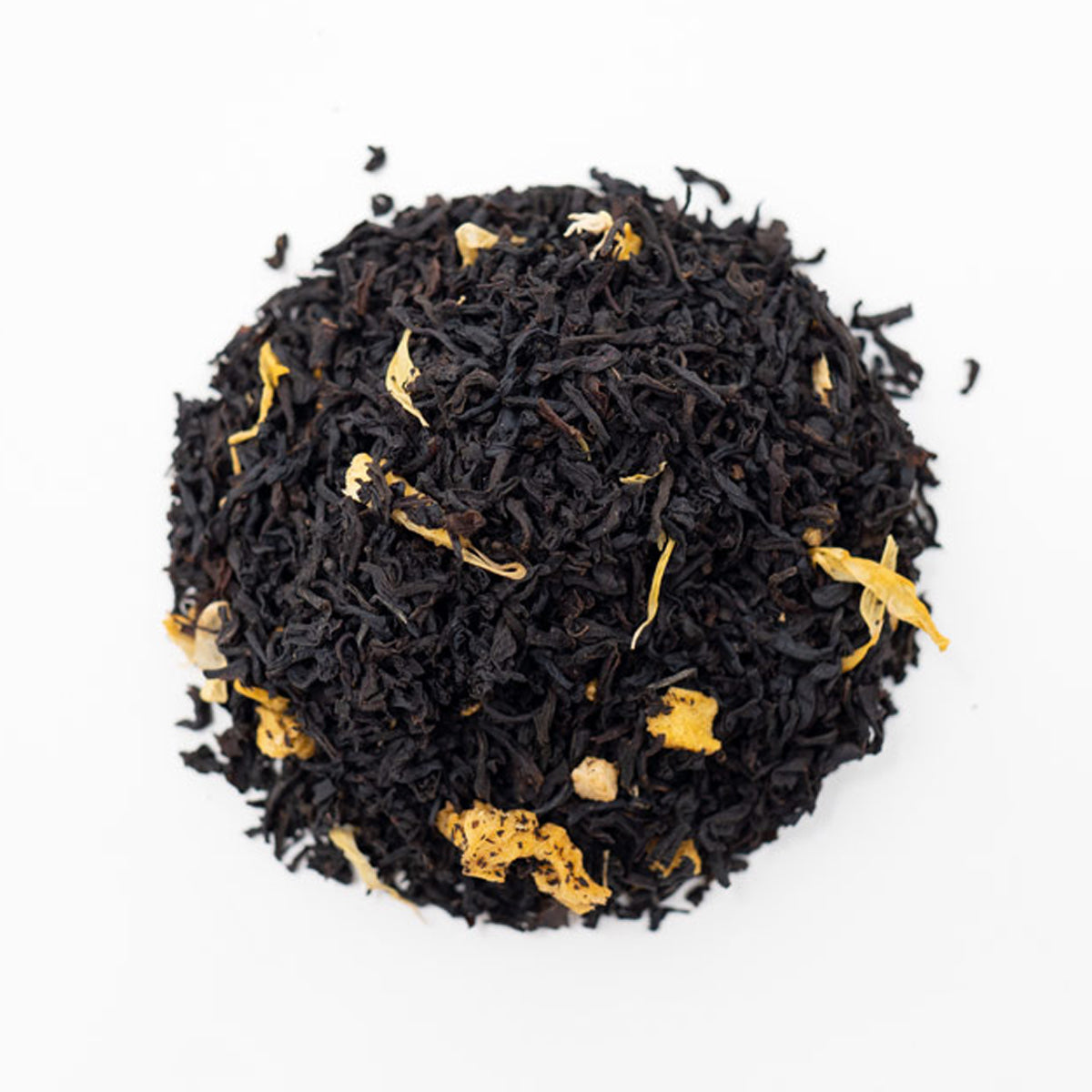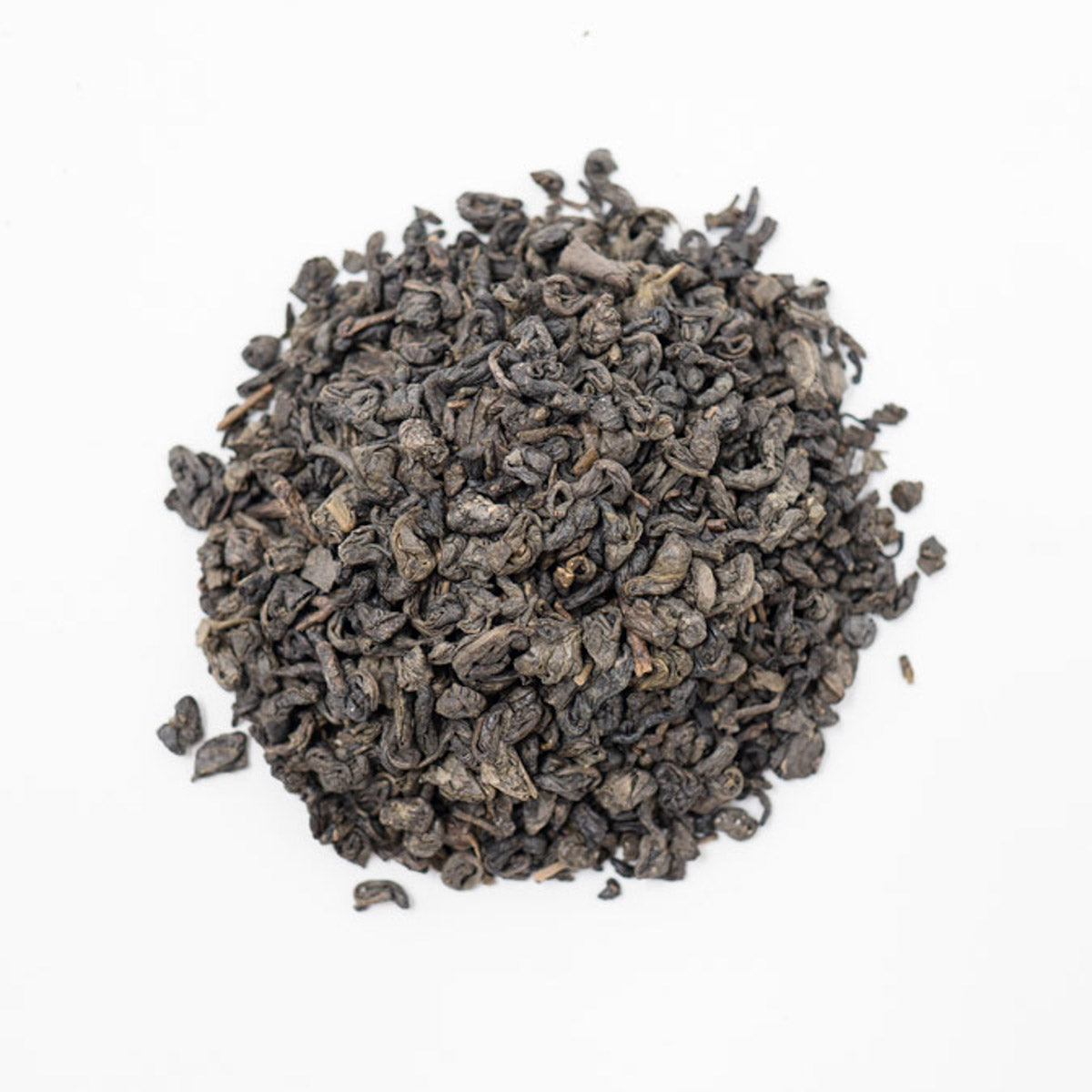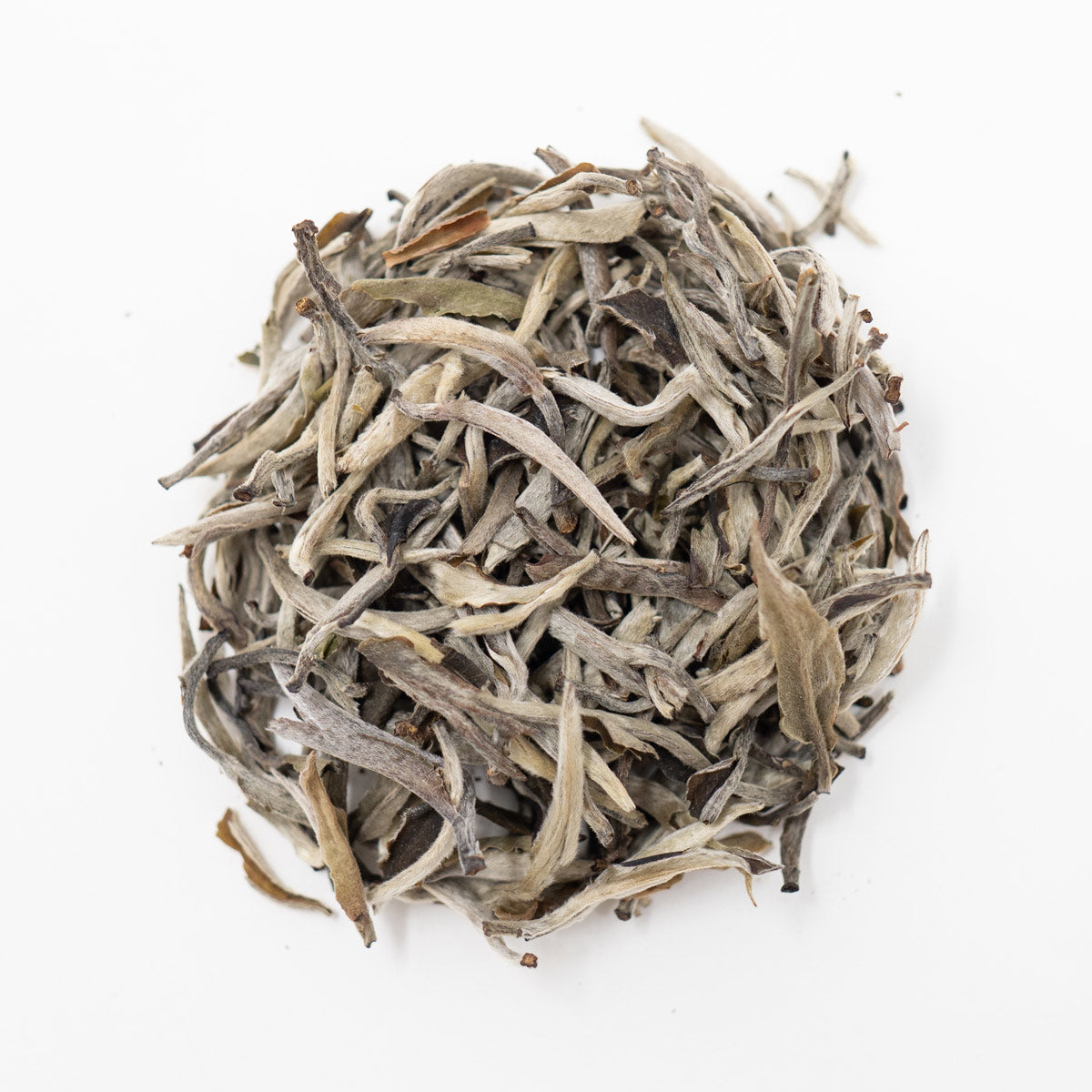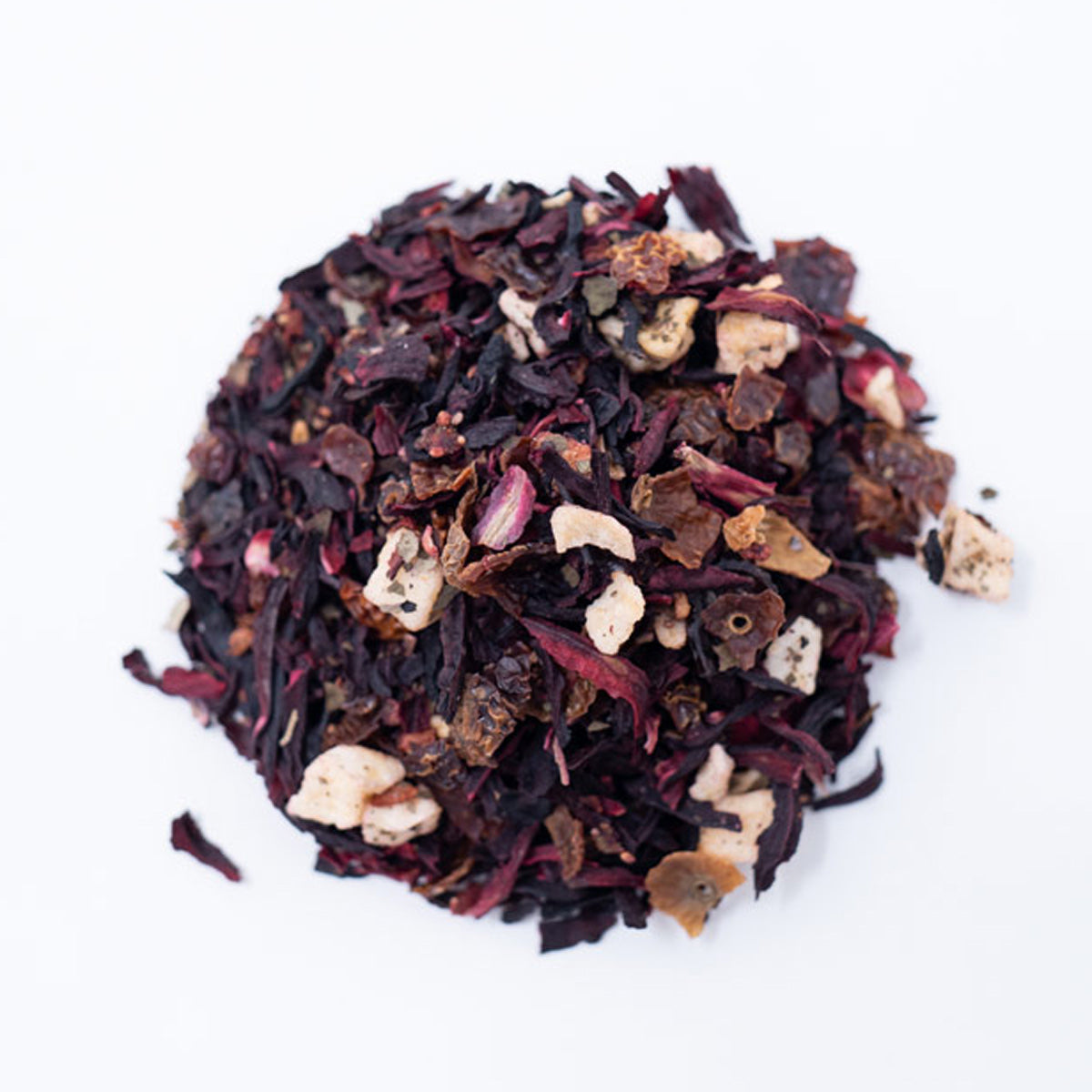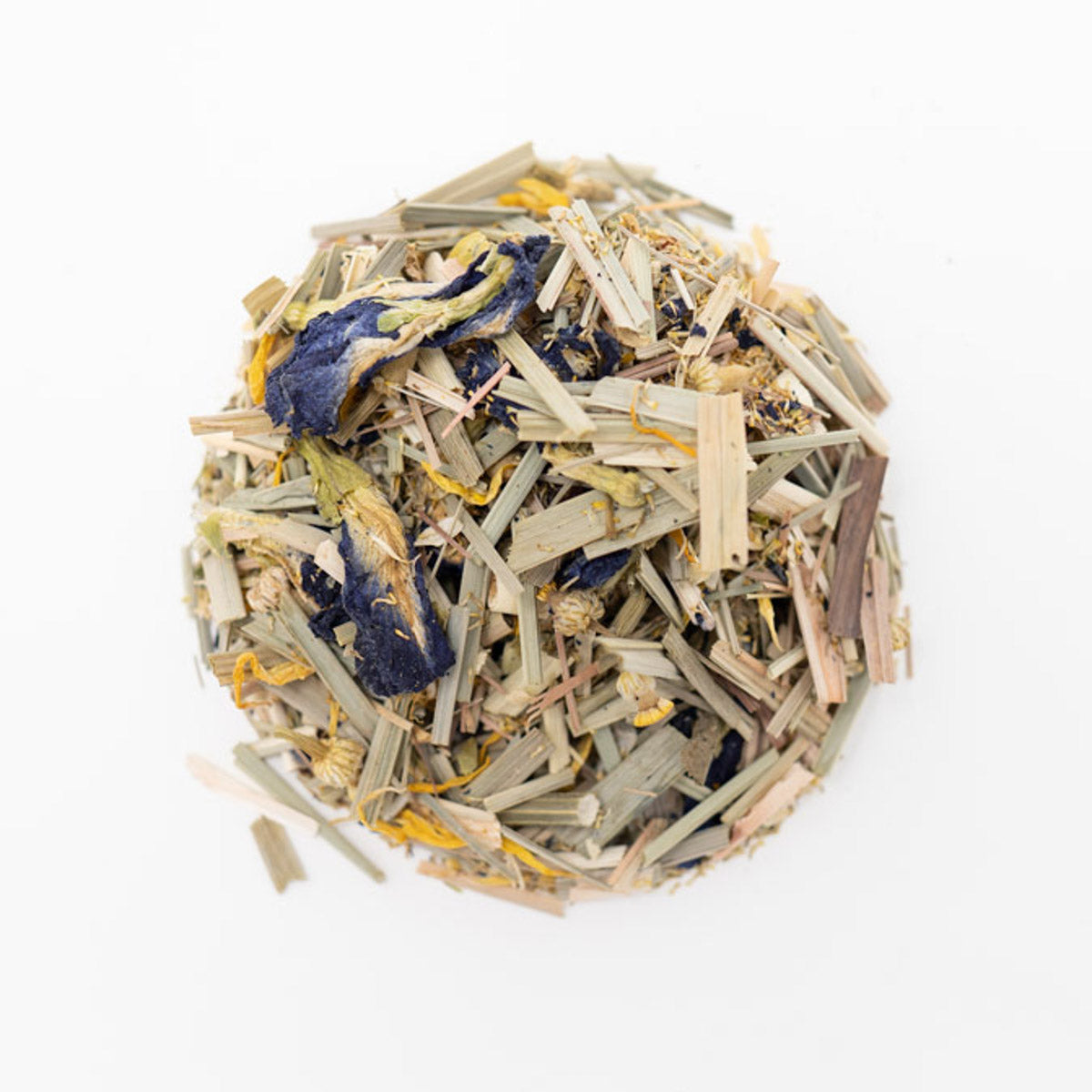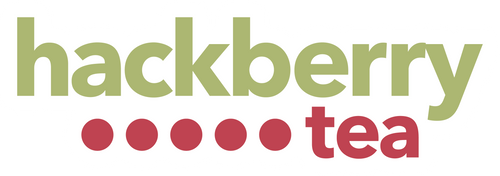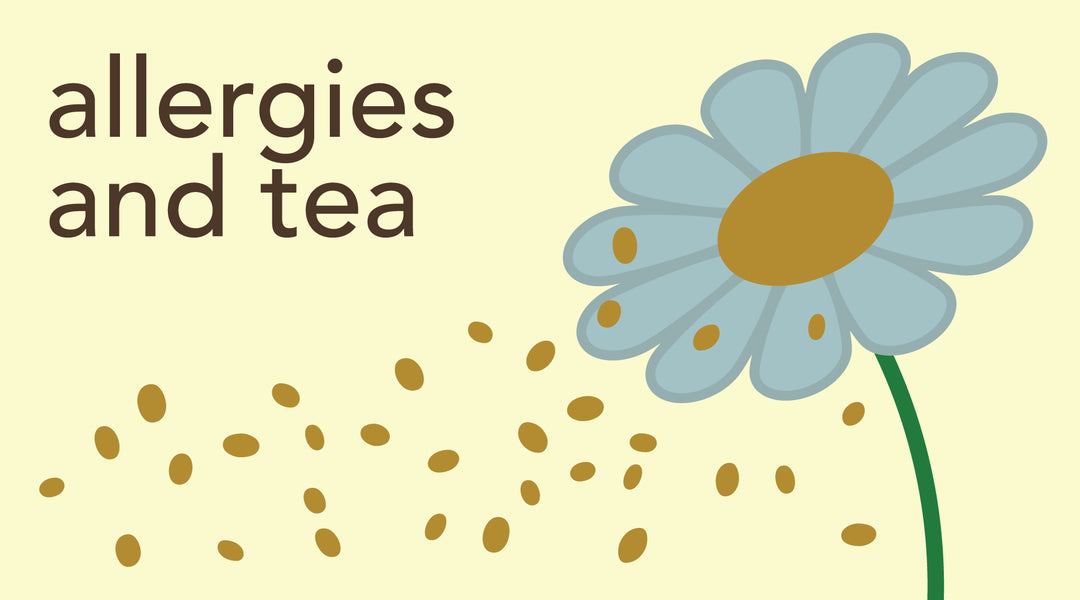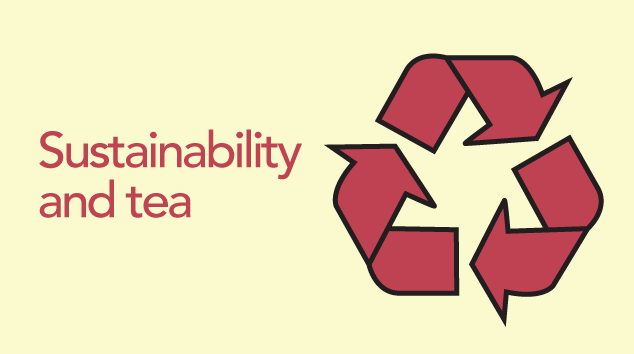Loose-leaf vs. Tea Bags
Have you ever wondered about the difference between loose-leaf tea and tea that comes in tea bags? Is it that different? Is one better than the other, or is it just a gimmick? Where did tea bags come from, and why do we use them? Did tea start that way? When you consider how long tea has been around, you must wonder how they drank tea before tea bags were invented. Tea goes as far back as the 2nd century BC. That's roughly 5000 years. That's a long time. Let's look at tea preparation through the centuries to determine the best way to brew tea.
The Ancient Era of Tea
A Guywan is a kind of tea set. It's a brewing vessel with teacups and saucers. The brewing vessel looks like a traditional teapot, but it doesn't have a spout. It has a lid that is used to keep the tea leaves back. The ancient method was done by placing tea leaves in the guywan, adding hot water directly onto the tea leaves with no filter or infuser, and covering it. The tea steeps for a few minutes and then is poured into each cup. The lid functions as a filter and would be slightly tilted while pouring the tea keeping the leaves in the guywan. The lid is designed specifically for the guywan to be tilted. It's small enough to pour with one hand and hold a teacup in the other. It takes a little practice, but anyone can do it in no time. It may be harder to do it the ancient way with some modern tea because the loose leaf is often crushed. You could try it the ancient way with one of our rolled teas like Black Dragon Pears, Jasmine Love Pearls, and Yunnan Noir. The leaves of these three teas are mostly intact, so you can enjoy tea the ancient way. That's why these teas are great for steeping repeatedly and are easier to pour into a teacup using the ancient method. If you don't have a guywan, you can still get close to the ancient method using a tea kettle. Filtering may require a sieve, but filtering should be pretty easy if you're using whole leaves. If this process was enjoyed for centuries, why are there so many different options now? Tea has come a long way, and now not just Camelia sinensis leaves are used. But even though there are new kinds of teas with different brewing methods, the foundation is still the same. It's hot water in tea. The world has changed since the ancient Chinese brewed their tea. As tea spread through the world and more people wanted it, I suppose even tea had to move with the times. But it doesn't mean that its rich history and traditions were left behind. I'm writing about 5000-year-old tea practices, which is proof that tea has retained at least some of its rich history despite mass production and distribution. Tea has stood the test of time. Some ancient traditions are still practiced today, like Japanese Tea Ceremony where matcha was born. Today, you can go to a Japanese temple or park, and experience tea ceremony like it was done thousands of years ago.
The Modern Age of Tea
If you're going to point to one thing that marks the modernization of tea, it's the teabag. It facilitated the mass production and distribution of tea. Teabag patents were first documented in 1903, so we know that tea in bags is a modern technique. Around 1904, tea bags were used commercially but had not made their way into homes like they are now. In 1908, Thomas Sullivan, a tea and coffee importer, shipped tea in silk bags, and according to popular legend, people started using his silk bags to brew their tea because it was easier. Whether or not it was accidental, tea bags grew in popularity and became a common way to brew tea. In 1929 Adolf Rambold invented the first tea packaging machine for a German company. Even then, tea bags looked different than we know them now. They looked more like small sacks. It wasn't until 1944 that the tea bags as we know them now were invented and used for mass distribution. Teabags brought new benefits. It made it easier to steep tea. You didn't have to deal with brewing equipment, sieves, or other filters. The ease of using a tea bag made tea accessible and portable. It's easy to see how the quality would decrease because of mass production over time. Today, you can walk down a grocery store aisle and pick from maybe hundreds of different teas. When you open the tea box, do you know what's in each tea bag? You're probably not going to open it to see if what you have are whole tea leaves or if they're just stems and dust. If you decide to open up a tea bag, you'll find pieces of broken leaves and other particles known as dust and fannings. While tea bags may contain parts of tea leaves, the likelihood of the tea leaf being whole or high quality is low. It's hard to know for sure.
There is a better way to enjoy tea. And while I can appreciate that most people are introduced to tea with tea bag tea, at Hackberry Tea, we know there is a better way. When you compare modern-day tea bag tea and loose-leaf tea, loose-leaf will win every time. When you brew loose-leaf tea, the content of ingredients in the tea is visible. And now, with more modern brewing equipment, it's not as cumbersome as it might seem.
Before you decide loose-leaf tea is not for you, take a brief look at how easy it is. It's effortless, and the quality and flavor are vastly better than prepackaged, store-bought tea bags. Since loose-leaf teas contain large pieces or whole leaves, when you steep, they will unfurl. Unfurling is the term used to describe the expansion of leaves when you steep them. Knowing that leaves expand, loose-leaf tea requires brewing equipment that allows for expansion. Individual tea bags should be bigger than traditional store-bought bags. If you notice, when you steep store-bought tea, there isn't much expansion which means you aren't getting high-quality leaves. Our T-Sac Filter Bags are perfect for brewing loose-leaf tea because they provide plenty of room for expansion and work very similar to traditional tea bags. Our infusers offer plenty of room for expansion for a single cup of tea. If you're looking to brew more than one cup, a kettle is right for you. Check out our brewing guides for more details on steeping different teas. We offer black, white, green, tisanes, herbals, and fruit teas. Regardless of where you start, when you buy tea from Hackberry, you can be confident that it's high-quality premium tea.
The Benefit of Loose-Leaf Tea
Many loose-leaf teas are great for resteeping and enjoying over and over, but some are optimal. Resteeping is the process of reusing tea for multiple cups and helps you get more value from the tea you purchase. Many teas can be successfully resteeped, but those rolled into pearls or hand-rolled like our Yunnan Noir, Jasmin Love Pearls, and Black Dragon Pearls mentioned earlier are optimal. Resteeping and drinking teas made from whole tea leaves carry on the ancient method of enjoying tea. Check out our blog on resteeping teas and learn how to use and reuse tea for excellent flavor time after time. Resteeping while maintaining great flavor is one of the things that sets loose-leaf tea apart. You simply won't get as much flavor if you try to resteep tea that comes in a teabag. You don't have to compromise flavor when you resteep if you use loose-leaf teas.
If you drink tea for health benefits, loose-leaf is just better. Tea in mass-produced tea bags often has dust and fannings, but loose-leaf tea ingredients are closer to the whole leaf. Loose-leaf tea provides more of the ingredients you may be looking for that promote health and wellness.
Different Brewing Methods
The most popular methods for brewing tea are tea bags, infusers, and kettles. Check out our blog on Tools, Times, and Temperatures to learn about some of the brewing equipment we offer and how to use it. This guide explains the recommended tea steeping time, the best tools, and the right temperature to brew a perfect cup of tea.
How Do You Switch from Tea Bags to Loose-Leaf Tea?
The easiest way to start is to use our T-Sac Filter bags. Once you scoop your tea into the T-sac, the process is just like you would do for a traditional store-bought teabag. Follow temperature and time instructions for best results and enjoy. You can also start with infusers which are also very easy to use. You don't need any filter if you're steeping Jasmin Love Pearls. I put 4-5 pearls in a cup and pour water directly on the leaves. The leaves are big enough that when you transfer the tea to your teacup, the leaves stay inside the cup. It's pretty easy to brew these teas without an infuser or T-sac. That's why this tea is the closest to the ancient method. The ancient Chinese didn't use filters. They simply poured the tea from the pot using the lid to hold leaves back.
